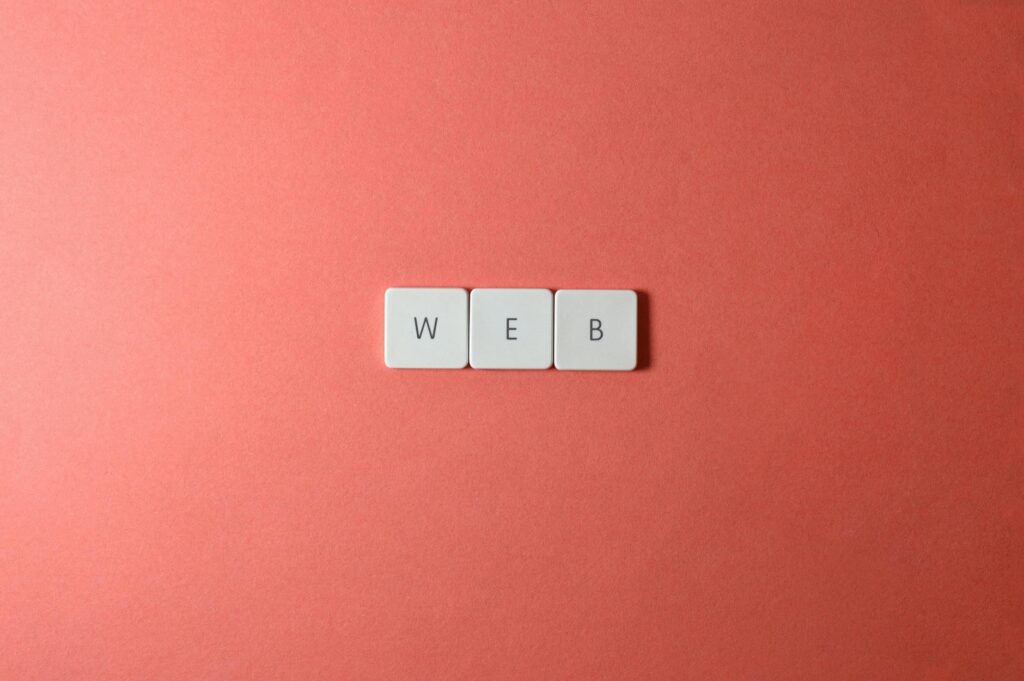What is interface simplicity?

What is Interface Simplicity?
In the fast-paced digital world, interface simplicity is more than just a design trend; it’s a crucial element for creating effective user experiences. An interface that embraces simplicity not only enhances user satisfaction but also promotes productivity and efficient workflows. But what does this concept truly entail, and why is it vital in our daily interactions with technology?
Understanding Interface Simplicity
At its core, interface simplicity refers to the ease with which users can navigate and engage with a digital product. It emphasizes clarity and minimalism, stripping away unnecessary complexities that can hinder user experience.
Definition and Key Concepts
Interface simplicity means designing systems that are straightforward and user-friendly. Key concepts include:
- Minimalism: This focuses on removing superfluous elements, leaving only what is essential for functionality and usability. A minimalist interface often leads to quicker decision-making for users.
- Clarity: A clear interface ensures that users can easily understand the purpose and function of various elements, reducing confusion and frustration.
- Usability: This concept measures how effectively users can interact with an interface. A simplistic design often results in higher usability, making it easier for users to accomplish their tasks.
The Role of Interface Simplicity in User Experience
When an interface is simple, users experience less cognitive load. They can navigate intuitively, making interactions smoother and more enjoyable. By prioritizing simplicity, designers can ensure that users feel confident and competent while using their products, ultimately leading to increased satisfaction and efficiency.
Benefits of Interface Simplicity
The advantages of adopting interface simplicity in design are numerous and far-reaching.
Enhanced Productivity
A simple interface reduces cognitive load, allowing users to focus on their tasks rather than getting lost in complex navigation. Users can accomplish their goals more quickly, leading to improved efficiency in their workflows. According to insights from CareerFoundry, this simplicity can significantly enhance productivity for individuals and teams alike.
Improved Accessibility
Simplicity in interface design makes digital products more accessible to a wider range of users. Whether it’s individuals with varying levels of tech-savviness or those with disabilities, a straightforward design caters to diverse user needs. By ensuring that an interface is easy to understand and navigate, designers foster inclusivity.
Faster Learning Curve
When users encounter a simple interface, they can adapt quickly and effectively. This lower learning curve means less time spent on training and onboarding, allowing users to become productive sooner. With minimal distractions, users can focus on mastering the core functionalities of a product.
Implementing Interface Simplicity in Design
Integrating simplicity into interface design requires a strategic approach.
Prioritizing Essential Features
It’s crucial to focus on core functionalities while avoiding feature bloat. By identifying the most important features that deliver value, designers can create interfaces that are both powerful and easy to use. This practice resonates with the principles discussed in the Interaction Design Foundation.
Using Visual Hierarchies
Organizing interface elements by importance helps in enhancing clarity and usability. By employing visual hierarchies, designers guide users through the interface seamlessly, allowing them to prioritize tasks effectively. This practice is fundamental in creating a straightforward and engaging user experience.
Testing for Simplicity
User testing is essential to ensure that an interface is perceived as simple. By gathering feedback from real users, designers can identify pain points and areas for improvement. This iterative process helps refine the design, making it more intuitive and user-friendly.
Examples of Effective Interface Simplicity
Several applications and websites showcase the power of interface simplicity.
Case Study: Successful Apps with Simple Interfaces
Apps like Google and Airbnb exemplify effective simplicity in design. Google’s search interface is minimalistic, focusing solely on the search bar, allowing users to find information quickly. Meanwhile, Airbnb’s platform organizes listings and filters clearly, making it easy for users to navigate and book accommodations.
Comparative Analysis of Complex vs. Simple Interfaces
Consider the difference between complex interfaces like a traditional desktop file management system and simpler alternatives such as Trello. While traditional systems often overwhelm users with options and layers, Trello presents information clearly and concisely, making project management straightforward and enjoyable. This contrast highlights how simplicity can transform user experience.
Conclusion
In conclusion, interface simplicity plays a pivotal role in shaping user experiences. By focusing on minimalism, clarity, and usability, designers can create products that foster productivity and satisfaction. As you consider your own productivity tools, reflect on how interface simplicity can enhance your daily tasks and improve your workflow. Embracing simplicity might just lead to a more successful and enjoyable interaction with technology.

Photo by Miguel Á. Padriñán